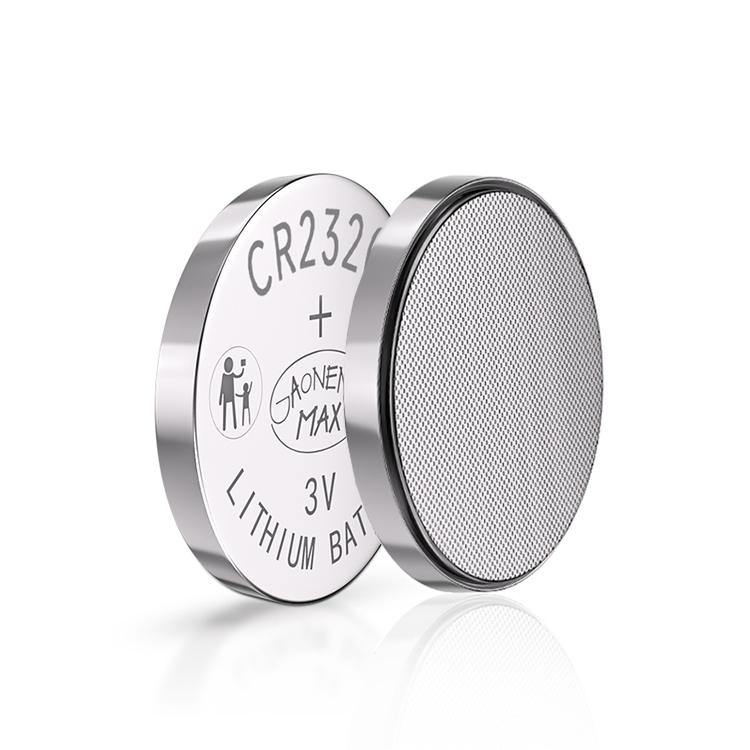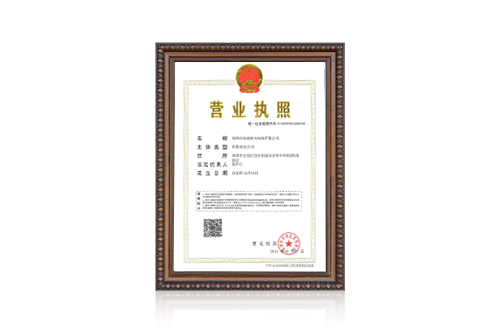
Lithium-battery cell design—the engineering of electrode structures, electrolyte formulations, separator materials, and cell formats—is the foundation of battery performance, determining key metrics such as energy density, cycle life, charging speed, and safety. Performance optimization, a iterative process of refining these design elements, is critical for meeting the evolving demands of industries: EVs require cells with >700 Wh/L energy density and 1,000+ cycle life; consumer electronics need fast-charging cells (0-80% in 30 minutes); and grid storage demands low-cost, long-lifespan cells (10,000+ cycles). By tailoring design choices to specific applications, engineers can balance trade-offs (e.g., higher energy density vs. faster charging) and unlock next-generation battery performance.
Electrode design is the primary driver of energy density and charging speed. The cathode, which stores lithium ions, uses materials like lithium nickel manganese cobalt oxide (NCM) or lithium iron phosphate (LFP), each with unique properties: NCM 811 (80% Ni, 10% Co, 10% Mn) offers 220-240 mAh/g capacity but requires careful thermal management, while LFP provides 150-170 mAh/g capacity with superior safety and low cost. To optimize energy density, engineers design high-loading cathodes (20-25 mg/cm² vs. 15-18 mg/cm² for standard cells) by using nano-sized active materials (50-100 nm) and porous binders (e.g., PVDF-HFP), which increase lithium-ion diffusion paths without sacrificing mechanical strength. For example, an EV cell manufacturer uses NCM 811 cathodes with 24 mg/cm² loading to achieve 300 Wh/kg cell energy density, enabling a 500km driving range on a single charge.
The anode, typically made of graphite, is optimized for fast charging and cycle life. Silicon-graphite composite anodes (10-20% silicon) address graphite’s low capacity (372 mAh/g) by leveraging silicon’s high theoretical capacity (4,200 mAh/g). However, silicon expands 300% during lithiation, causing electrode cracking. To mitigate this, engineers use nanostructured silicon (e.g., silicon nanoparticles or nanowires) coated in carbon, combined with elastic binders (e.g., carboxymethyl cellulose, CMC) that accommodate expansion. A consumer electronics cell with a 15% silicon-graphite anode achieves 0-80% charging in 25 minutes (1.5C rate) while maintaining 85% capacity after 500 cycles—double the cycle life of pure silicon anodes.
Electrolyte formulation impacts ionic conductivity, thermal stability, and voltage window. Liquid electrolytes (a solution of lithium salts like LiPF₆ in organic solvents) are standard, but their flammability poses safety risks. Optimization includes using high-concentration electrolytes (4-6 M LiPF₆) or adding additives (e.g., vinylene carbonate, VC) that form a stable SEI layer on the anode, reducing electrolyte decomposition. For high-voltage cells (4.5V+), fluorinated solvents (e.g., fluoroethylene carbonate, FEC) improve oxidation resistance, enabling compatibility with high-nickel cathodes. Solid-state electrolytes (SSEs), a next-generation technology, replace liquid solvents with ceramic (e.g., LLZO) or polymer materials, offering non-flammability and 2x higher ionic conductivity at room temperature. A solid-state cell prototype with a LLZO electrolyte achieves 400 Wh/kg energy density and 2,000 cycles, with no thermal runaway even at 150°C.
Separator design ensures electrical insulation between electrodes while enabling lithium-ion transport. Polyethylene (PE) or polypropylene (PP) separators are common, but they melt at 130-160°C. To enhance safety, engineers use ceramic-coated separators (Al₂O₃ or SiO₂ coating, 1-5 μm thick) that maintain structural integrity up to 200°C. For fast-charging cells, porous separators (porosity 40-50%) with uniform pore size (0.1-1 μm) reduce ion transport resistance. A grid-storage cell with a ceramic-coated PP separator withstands 10,000 charge-discharge cycles at 1C rate, maintaining 90% capacity retention—critical for 20-year grid applications.
Cell format (cylindrical, prismatic, pouch) also influences performance. Cylindrical cells (e.g., 18650, 4680) offer high mechanical stability and scalability for EVs; Tesla’s 4680 cell uses a tabless design to reduce internal resistance, enabling 5x energy storage and 6x power output vs. 2170 cells. Prismatic cells (rectangular metal casings) are space-efficient for consumer electronics, while pouch cells (flexible aluminum-laminated films) have 10-15% higher energy density than prismatic cells, ideal for thin devices like smartphones.
Performance optimization is validated through rigorous testing: electrochemical impedance spectroscopy (EIS) measures ionic resistance; galvanostatic intermittent titration technique (GITT) analyzes lithium diffusion rates; and accelerated cycle testing simulates 10 years of use in 6 months. By integrating advanced materials, precision engineering, and data-driven testing, lithium-battery cell design and optimization continue to push the boundaries of energy storage, enabling cleaner transportation and more reliable renewable energy systems.
Read recommendations:
9V card-mounted carbon battery 6F22
How does lithium iron phosphate battery work at high temperature?6000mah 3.2v lifepo4 battery
Battery specific energy and specific power.18650 battery 3.7v 2000mah
18650 lithium 3.7 battery
401030 lipo battery












































 360° FACTORY VR TOUR
360° FACTORY VR TOUR
 Whatsapp
Whatsapp
 Tel
Tel Email
Email TOP
TOP